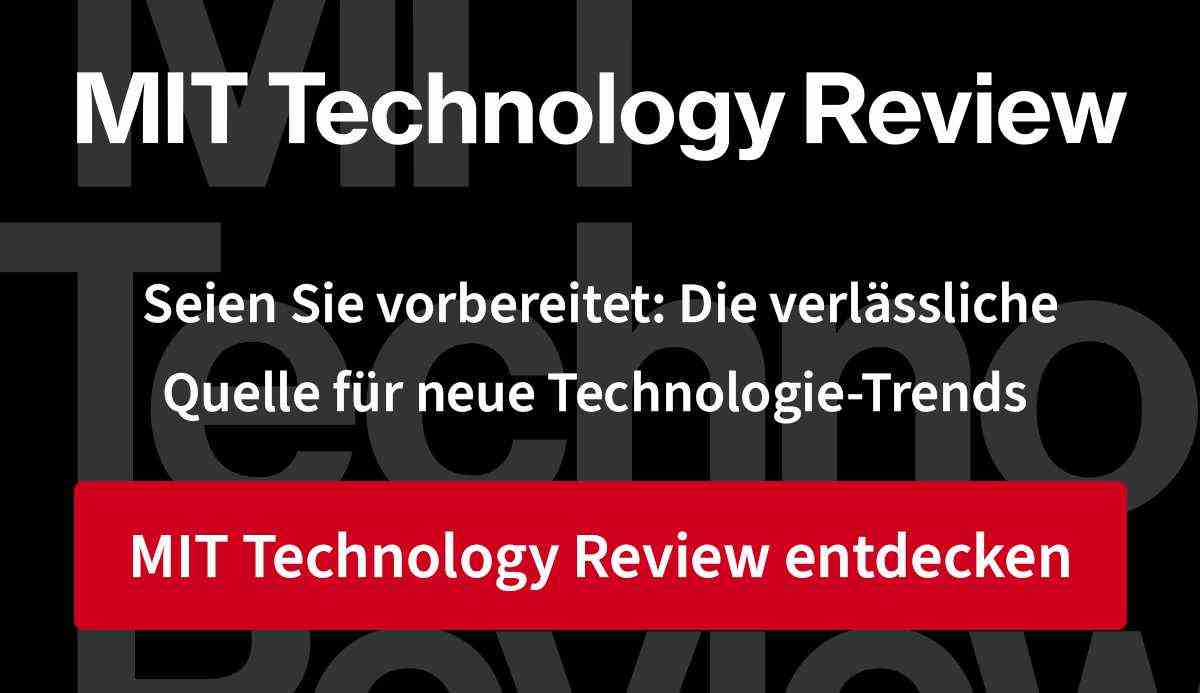Randa Sakallah founded “Hot Singles” in December 2020 to do something about her own dating blues. She had just moved to New York to work in tech and was “fed up with swiping”. So, using the Substack platform, she created an email newsletter with a seemingly simple premise: apply using the Google form, and if you are accepted, your profile – and only your profile – will be sent to an audience of thousands.
Each profile contains the required information: name, sexual orientation, interests and some photos. The specialty is the editorial processing: some questions from Sakallah and the e-mail presentation are very unusual. Of the “Single this week” is asked, for example, which animal he would like to be; the answer lies somewhere between a peacock and a sea otter.
According to Sakallah, part of the appeal of Hot Singles is that only one person’s profile is emailed to them on Friday. It is just not a flood of faces that are available on demand, she says. In this way one can really get to know a single person as a human being and not as statistics offered algorithmically.
“I try to tell a story and give people a voice,” says Sakallah. “Because you really should look at the whole person.”
The paradox of choice
Dating apps may be quick and easy to use, but critics say their design and focus on images reduces people to cartoons – not to mention awkward and racist comments that also add to the bad name.
The frustration caused by dating apps has several causes. On the one hand, there is the paradox of choice: On the one hand, you want to be able to choose from a large number of people, but on the other hand, this diversity can also be paralyzing and overwhelming. In addition, the information about the place of residence, which is typically set in such apps, narrow the view more than necessary.
Alexis Germany, a professional matchmaker, decided to try TikTok videos during the pandemic to showcase people. She found that they are very popular – and especially work with people who do not live in the same place. “Why does someone believe that the person they are looking for has to live in their city?” Asks Germany. “If it’s just a car ride or a short flight away, it could still work.”
Time more important than place of residence
The pandemic has changed many preconceived notions about factors such as distance and place of residence. With home office and flexible schedules, people have more freedom when it comes to where and when they meet. In addition, those seeking a long-term relationship are interested in taking the time to do it and making good use of it. (All of these initiatives are free, although Germany offers other dating services in addition to TikTok, which start at a good 250 euros).
Of course, applying for a date yourself or having “someone who knows someone” match you is not a new concept. Before Tinder and other apps became the norm in finding potential partners for millions of people, personals on the US ad websites Craigslist and Missed Connections helped. During the first lockdown in the pandemic, brokering via Zoom also became a trend.

Today, dating apps, by and large, are still the leading strategy for dating people. According to a study by the Pew Research Center in Washington, published just a month before the pandemic, 30 percent of Americans use such an app. In the age group of 18 to 29 year olds it is even 48 percent, and for homosexuals even 55 percent. And 20 percent of young people and LGBT people have had a long-term relationship with someone they have met this way.
Long-term relationships instead of dates
However, after the pandemic, dating apps are in a different light. Those born around the turn of the millennium who revolutionized relationships, sex and marriage through the use of the apps are now older and mostly looking for longer-term relationships that used to be difficult to find.

For Sakallah’s generation and the adolescent Generation Z, dating apps are rather boring. They are longing for something new and that increasingly means that they are opting for the old school dating service, but powered by modern technology.
It’s not just the hip young users who yearn for a slower way to find a partner. According to Germany, TikTok is mostly associated with teenagers, but their customers are mostly between 30 and 45. “Super young people are actually rare,” she says. “Maybe that’s because they’d rather look for casual dates than steadfast relationships. The people who come to me, on the other hand, are frustrated because they’re stuck in this cycle and want a real relationship.”
And maybe that’s exactly why dating apps aren’t in danger of disappearing: because dating portals work well for people who just want to meet up or have a casual relationship, while dating is much more serious and time-consuming to begin with. “If you want a date tonight, you can do that via a dating app. You can’t do that with a dating agency,” says Germany.
Great demand, few couples
However, that does not mean that dating agencies are ultimately more successful. Sakallah says she only knows a handful of people who actually date. Likewise, only a few couples who found each other via Germany’s portal stayed together. But both say that the interest in their projects has skyrocketed: Sakallah’s newsletter has over 2,000 members, Germany a waiting list of 20,000 people.

(bsc)


